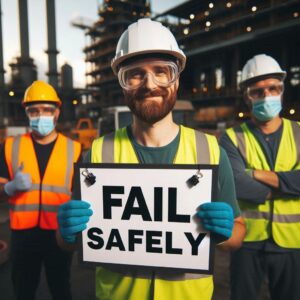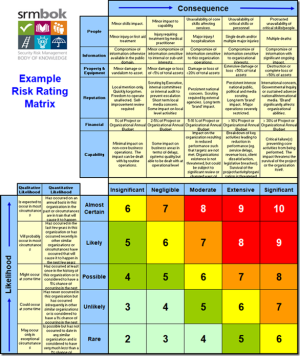
This is just traditional safety.
The slogan ‘when nothing happens’ is language that frames reality by the absence of accidents. When ‘nothing happens’ simply means when accidents, injury and harm are not happening. This is how HOP defines safety. Yes, exactly the same as traditional safety just in different spin.
When ‘nothing happens’ means when no accidents happen. That is, normal everyday living is defined and framed by no accidents, mistakes and error.
This is just traditional safety.
Then we go to another HOP slogan such as ‘fail safely’, we find a contradiction that accepts the reality of failure and error as normal yet, the previous slogan ‘when nothing happens, a lot is happening’ defines normal as nothing happening.
This is how nonsense language emerges when all you have is a collection of slogans and no clearly articulated ethic, principles and methodology.
So, we want nothing to happen but fail safely???
In what world of fallibility do accidents mistakes and error not happen? You guessed it, in the zero world of delusion and zero ideology. This is why Safety Differently loves zero (see podcast by Provan and Rae – https://safetyrisk.net/since-when-did-zero-become-a-science/). Of course, this from academics with little expertise in moral philosophy or ethics.
The reality is, everything about Zero is unethical and morally wrong. (https://safetyrisk.net/video-and-podcast-on-zero-as-an-immoral-goal/). Zero is an ideology that seeks perfection from fallible persons and is fundamentally flawed ethically and morally. Zero ideology is the great safety delusion (https://www.humandymensions.com/product/zero-the-great-safety-delusion/) and as long as the likes of Rae and Provan endorse it, there is little evidence of ‘safety differently’.
So, you see, when you do any critical discourse analysis (https://safetyrisk.net/what-is-critical-thinking-in-safety/) of a mish mash of slogans (without a clearly articulated ethic) you end up with gobbledegook language masking traditional safety. For example, not speaking of hazards but then naming them as ‘error traps’ is just more spin language for the same thing.
Stating that: ‘people are not a problem to control but a resource to harness’ is the same thing. We harness things to control them!
This is the kind of nonsense you get when you string a few slogans together without a clearly articulated ethic, principles and methodology.
If you are interested in an ethic of risk, you can study here: https://cllr.com.au/product/an-ethic-of-risk-workshop-unit-17-elearning/
If you want to understand what a philosophy is, you can study here: https://cllr.com.au/product/philosophy-and-spor-module-23/
If you want to understand a different methodology and method from traditional safety then you can connect here: admin@spor.com.au
- If you want to get some practical, positive and effective methods for tackling risk that are actually different and work, you can read here:
- https://www.humandymensions.com/product/spor-and-semiotics/
- https://www.humandymensions.com/product/it-works-a-new-approach-to-risk-and-safety-book-for-free-download/



Do you have any thoughts? Please share them below